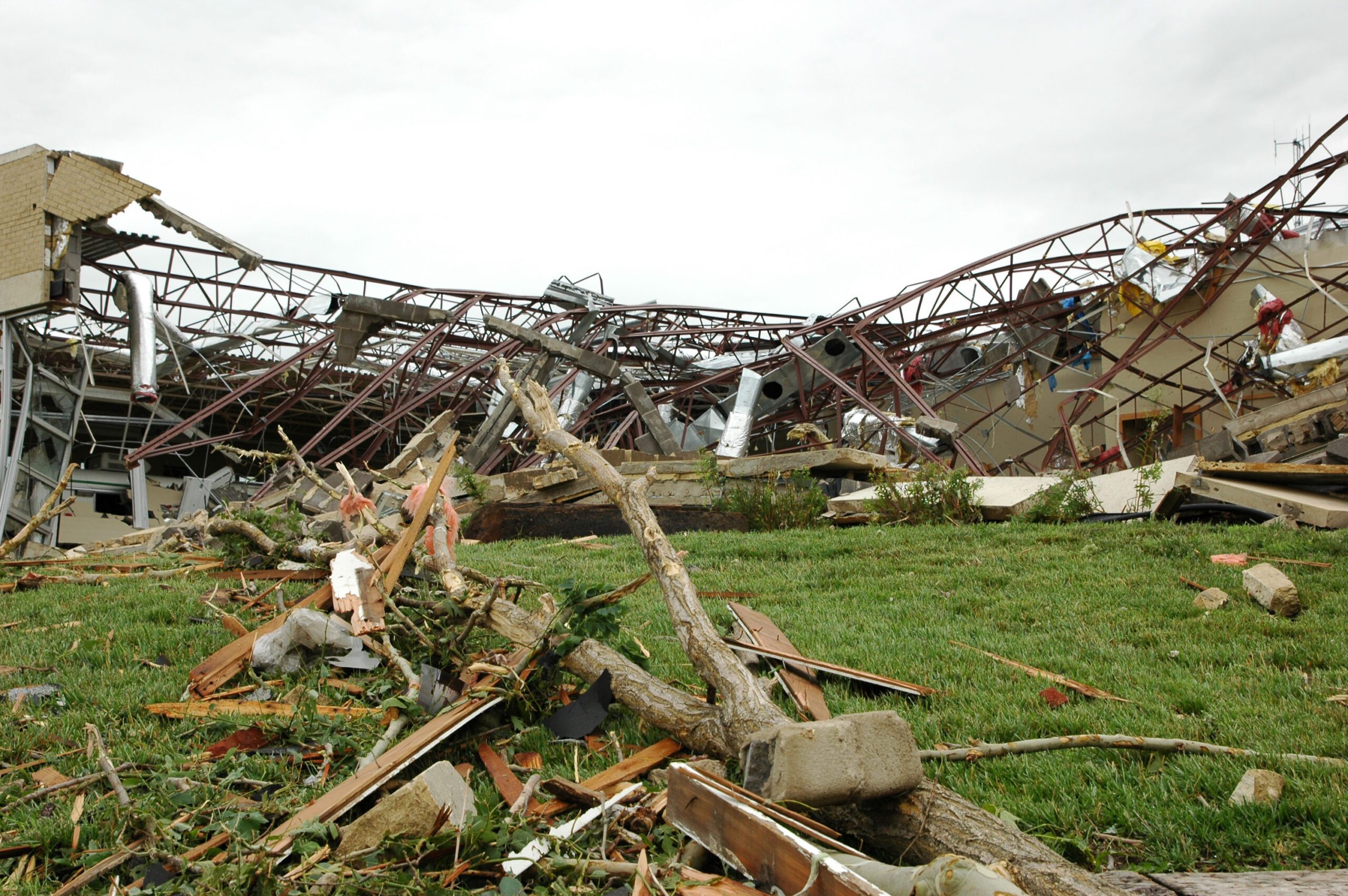Hurricanes and tornadoes are destructive weather phenomena that occur in different parts of the world. While hurricanes are larger and last longer, tornadoes are smaller scale storms that last for a few minutes. Hurricanes are commonly known to be more powerful and destructive because of their size, well-defined spiral systems, and movement. They have the ability to produce storm surges, heavy rainfall, and flooding, leading to significant infrastructural damage and loss of life. In contrast, tornadoes are more localized and cause significant damage due to their high wind speeds, and they can rip off roofs, uproot trees, and damage homes and other structures.
Hurricane vs. Tornado: Which is More Powerful and Destructive?
Natural disasters can cause significant damage to property and loss of life. Hurricanes and tornadoes are two of the most common natural disasters that occur in different parts of the world. While both are destructive weather phenomena, they have significant differences in terms of size, duration, and level of devastation. In this article, we will compare and contrast hurricanes and tornadoes and analyze which one is more powerful and destructive.
Size and Duration
Hurricanes are large storms that span over several hundred miles and last for several days, while tornadoes are smaller scale storms that usually only last for a few minutes. Hurricanes are formed over warm ocean waters, while tornadoes are formed by thunderstorms. Hurricanes are significant weather disturbances with well-defined and slow-moving spiral systems and are classified according to their wind speed. A category 5 hurricane can reach wind speeds of over 157 miles per hour, while an F5 tornado can have wind speeds of up to 318 miles per hour.
Level of Destruction
Although both storms can cause severe damage, hurricanes generally cause more widespread devastation due to their large size and longer duration. Hurricanes are capable of producing storm surges, heavy rainfall, and flooding, which can lead to significant infrastructural damage and loss of life. The 2005 Hurricane Katrina, for example, caused catastrophic damage in New Orleans and the Gulf Coast region, leading to $125 billion in damages and the loss of approximately 1,800 lives.
Tornadoes, on the other hand, are more localized and often affect smaller areas. However, they can cause significant damage due to their high wind speeds and ability to suck up debris into the air. Tornadoes can rip off roofs, uproot trees, and damage homes and other structures. The 2011 tornado outbreak in the United States, for example, caused severe damage across several states and resulted in 553 fatalities.
Prevention and Preparation
Preparation and prevention play a critical role in mitigating the impact of both hurricanes and tornadoes. While there is no foolproof way to prevent either of these natural disasters, there are steps that individuals and communities can take to minimize their impact.
For hurricanes, preparation may include evacuating areas in the path of the storm, securing loose objects such as furniture, trimming trees and vegetation, and strengthening homes and buildings. Communities can also prepare by developing evacuation plans and setting up emergency shelters. For tornadoes, residents can prepare by identifying safe rooms or storm shelters and securing loose objects that may be blown away by high winds.
Conclusion
Both hurricanes and tornadoes are powerful natural disasters that can cause significant damage and loss of life. While hurricanes have a more significant impact due to their size and duration, tornadoes can be devastating for communities that are directly in their path. It is essential to be aware of the potential hazards and take the necessary precautions to protect oneself and one’s property. Ultimately, prevention and preparation are key to minimizing the impact of both hurricanes and tornadoes.
